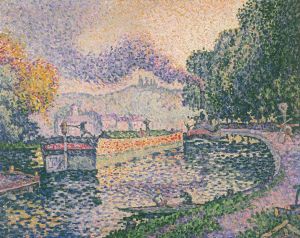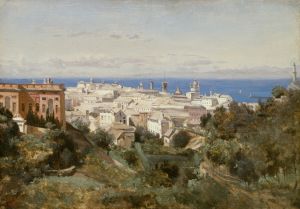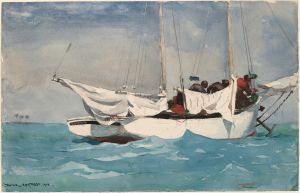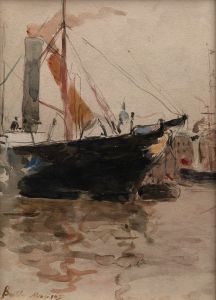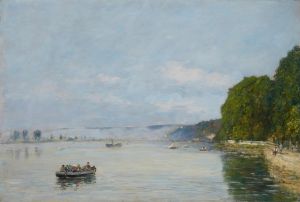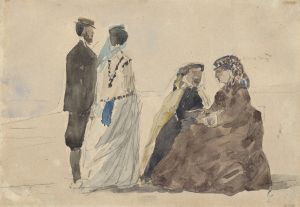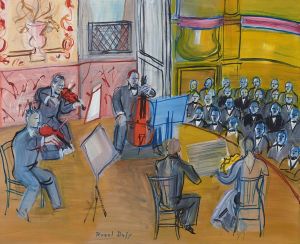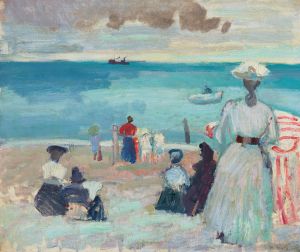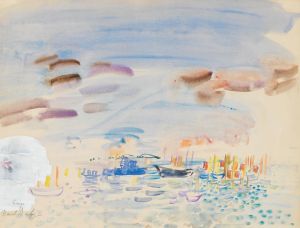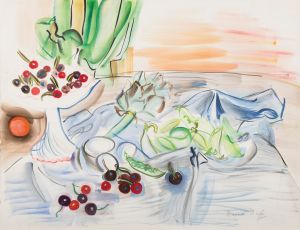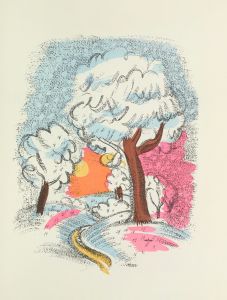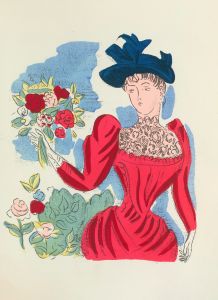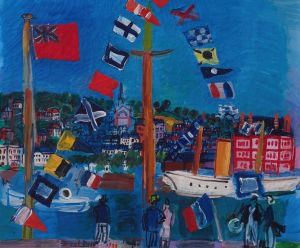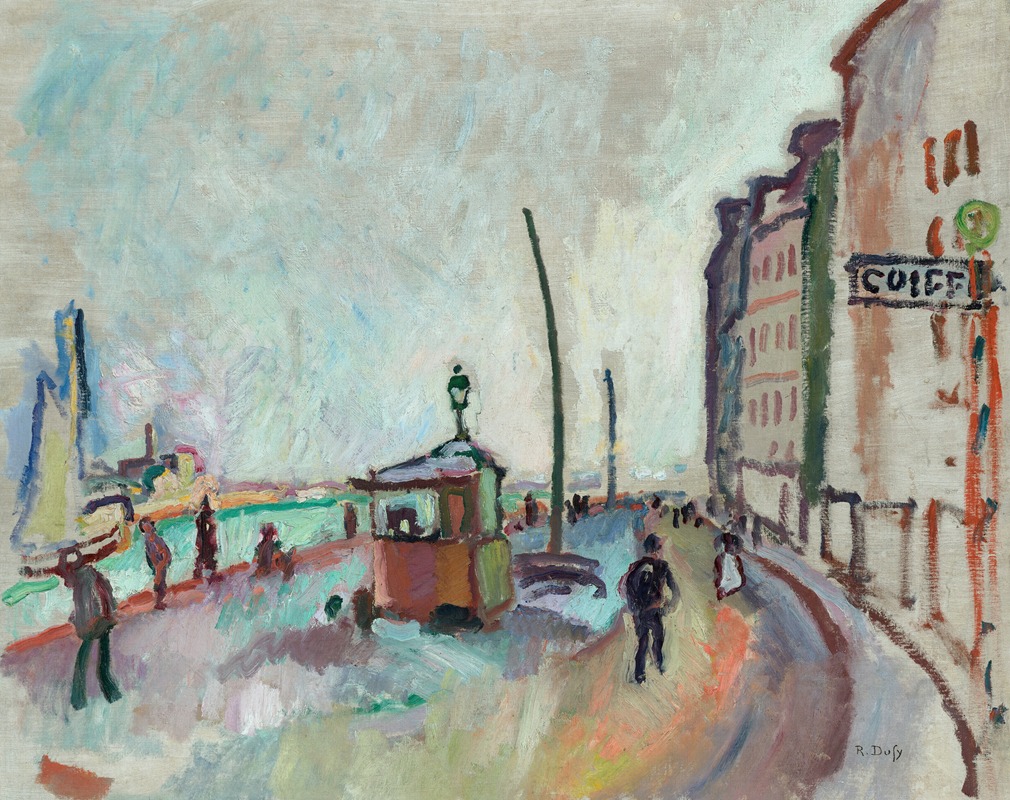
Le Havre
A hand-painted replica of Raoul Dufy’s masterpiece Le Havre, meticulously crafted by professional artists to capture the true essence of the original. Each piece is created with museum-quality canvas and rare mineral pigments, carefully painted by experienced artists with delicate brushstrokes and rich, layered colors to perfectly recreate the texture of the original artwork. Unlike machine-printed reproductions, this hand-painted version brings the painting to life, infused with the artist’s emotions and skill in every stroke. Whether for personal collection or home decoration, it instantly elevates the artistic atmosphere of any space.
Raoul Dufy was a prominent French Fauvist painter known for his vibrant use of color and depictions of leisure scenes. One of his notable works is "Le Havre," a painting that captures the essence of the port city of Le Havre in France. Dufy was born in Le Havre in 1877, and the city played a significant role in his artistic development. His connection to the city is evident in his work, which often reflects the lively and dynamic atmosphere of the port.
"Le Havre" by Raoul Dufy is a quintessential example of his Fauvist style, characterized by bold colors and loose brushwork. The painting depicts the bustling port of Le Havre, capturing the movement and energy of the ships and the sea. Dufy's use of color is particularly striking in this work; he employs a vivid palette to convey the vibrancy of the scene. The sky, water, and ships are rendered in bright hues, creating a sense of harmony and rhythm that is typical of Dufy's approach to painting.
Dufy's technique in "Le Havre" reflects his interest in capturing the fleeting effects of light and atmosphere. He often painted en plein air, or outdoors, to better observe and translate the changing conditions of the natural world onto canvas. This method allowed him to infuse his work with a sense of immediacy and spontaneity, qualities that are evident in the fluid brushstrokes and dynamic composition of "Le Havre."
The painting also demonstrates Dufy's ability to blend elements of Impressionism with the boldness of Fauvism. While the Impressionists focused on capturing the effects of light and color, the Fauves, including Dufy, took this a step further by using color in a more expressive and non-naturalistic way. In "Le Havre," Dufy uses color not just to depict reality but to evoke emotion and mood, transforming the everyday scene of a port into a vibrant and lively composition.
Raoul Dufy's work, including "Le Havre," had a significant impact on the development of modern art. His innovative use of color and form influenced many artists of his time and contributed to the broader movements of Fauvism and Expressionism. Dufy's paintings are celebrated for their joyful and optimistic portrayal of life, and "Le Havre" is no exception. It stands as a testament to his ability to capture the beauty and energy of the world around him.
Today, Raoul Dufy's paintings are held in high regard and can be found in major museums and collections around the world. "Le Havre" remains an important piece within his oeuvre, reflecting both his personal connection to the city and his mastery of color and composition. Through works like "Le Havre," Dufy continues to be celebrated as one of the leading figures of early 20th-century art, known for his ability to bring scenes to life with his distinctive and vibrant style.





